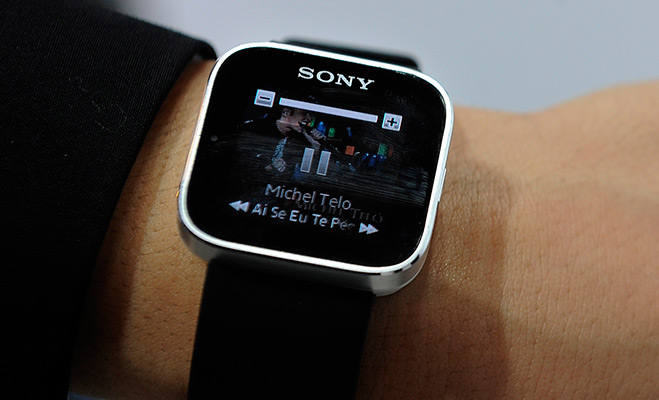It's always nice to be on the money, and thankfully, regarding smartwatches, I have been.
It wasn't long ago that I was writing about the central problem with the smartwatches on the market - was that, first and foremost, they had forgotten to be a watch. I used the first Samsung Galaxy Gear and, whilst enjoying the technology, just couldn't get past the central issue - I didn't really want it on my wrist.
Let's be honest, the smartwatch is a novelty. It serves no important purpose. Yes, it makes checking notifications that tiny bit quicker, but making £150+ difference to a life? No chance. It's for the people with the disposable income, or want to be on the forefront of technology, or finally, for fashion. It's that last point which is where manufacturers have finally cottoned-on. Us tech geeks are not a mass-market. We're a cynical bunch who are rarely 'fashionistas' so we are able to look past the image, and more at what the thing can do.
So, using my unpenetrable testing criteria for the appearance of the watch, I tested out the Sony Smartwatch 2 through London. Overall, it's only a rare and investigative second-look look that claims the attention of the passer-by. For me, that's the way it should be. It should be a watch, first and foremost, with technology following. I chose the Sony Smartwatch 2 because it looked most like a watch, and not some space-age invention.
With the Moto 360 and Pebble Steel leading the way, manufacturers have caught up. LG G-Watch R followed, and now finally Samsung too, with the Gear S. Obviously, the iWatch too. These watches have stripped back the technology, and focused on design, with more subtle (and more practical) technology.
With the Moto 360 and Pebble Steel leading the way, manufacturers have caught up. LG G-Watch R followed, and now finally Samsung too, with the Gear S. Obviously, the iWatch too. These watches have stripped back the technology, and focused on design, with more subtle (and more practical) technology.
I use 1% of the Sony Smartwatch 2 capability on a day to day basis. The reviews are relatively useless when in practice, those features just don't step into everyday life.
Nothing has changed since I first wrote about the Samsung Galaxy Gear in 2013. Back then I complimented the smartwatch on its appearance and functionality. I still defend that stance with my 2013 hat on - but really, the smartwatch should have come on a lot more since then.


